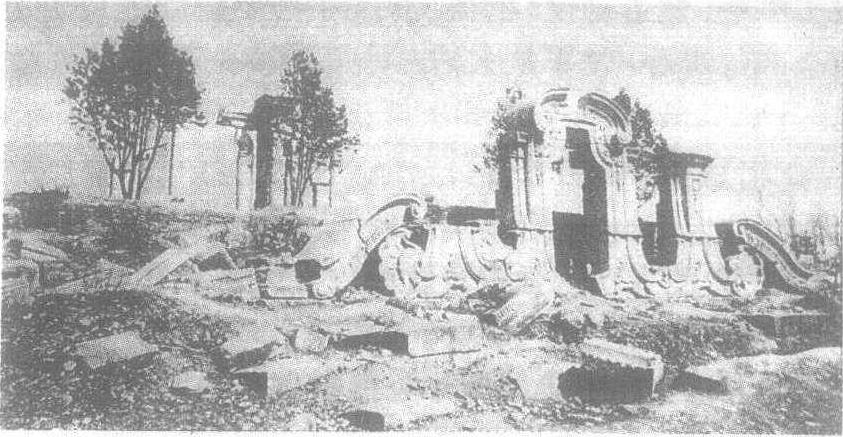160 中法天津条约
1858年6月27日,在天津签订。全文共42款,另订《和约章程补遗》6款。主要内容是:法国派公使驻北京;在通商各口岸设领事馆;增开琼州、潮州、台湾 (台南)、淡水、登州、南京为通商口岸; 天主教教士得入内地自由传教,法国人可到内地游历、经商;法国可在各通商口岸任意租地盖房、设立各种设施,中国地方官应加以保护;凡中国与各国议定的各项关税条例,法国都可均沾;法国兵船可在中国各通商口岸停泊; 中国赔偿法国军费200万两白银。
中法天津条约
第二次鸦片战争期间,法国强迫清政府签订的不平等条约。咸丰八年五月十七日(1858年6月27日),清政府钦差大臣桂良和花沙纳,与法国代表葛罗于天津订立。共四十二条,附约六条。主要内容:(一)法国公使驻北京,并在中国通商各口岸设立领事官。(二)开放牛庄(后改营口)、登州(后改烟台)、台湾(后选定台南)、淡水、潮州(后选定汕头)、琼州、汉口、九江、南京、镇江为通商口岸。(三)法国人可以入内地游历、通商、建房、设教堂、医院、学校、仓库。(四)享受领事裁判权,最惠国待遇。(五)凡中国与各国议定税则、关口税、吨税、过关税、出入口货税、法国亦可“均沾”。(六)法国兵船可自由在各通商口岸停泊。(七)对法国赔偿军费损失,白银二百万两。
中法天津条约Zhongfa tianjin tiaoyue
第二次鸦片战争期间,法国强迫清政府订立的不平等条约。1858年(咸丰八年)6月27日,清钦差大臣桂良、花沙纳与法国全权代表葛罗在天津签订。原称《和约章程》,共42款,另附《和约章程补遗》6款。主要内容如下:❶法国得派公使驻北京,并在通商各口岸设领事馆。
❷增开琼州、潮州(后改汕头)、台湾(台南)、淡水、登州(后改烟台)、南京为通商口岸。
❸天主教教士得入内地自由传教。
❹法国人得往内地游历;得在各通商口岸任意租地盖房,设立教堂、医院、学校、坟地、仓库等,中国人如触犯、毁坏教堂、坟地、地方官员应加严惩。
❺凡中国给各国的优惠关税等,法国都可“均沾”。
❻法国兵船可在中国各通商口岸停泊。
❼确定领事裁判权与片面最惠国待遇。
❽中国给法国赔偿战费银200万两。

圆明园残迹
中法天津条约
1858年6月27日法国强迫清政府在天津签订的不平等条约。主要内容:1.法国公使常驻北京;2.增辟琼州、淡水、登州等为商埠;3.自由传教;4.法舰可在各通商口岸往来;5.中国赔款白银200万两。